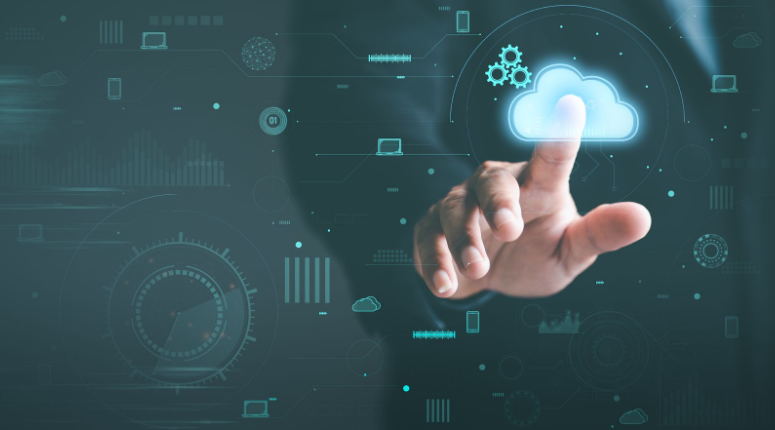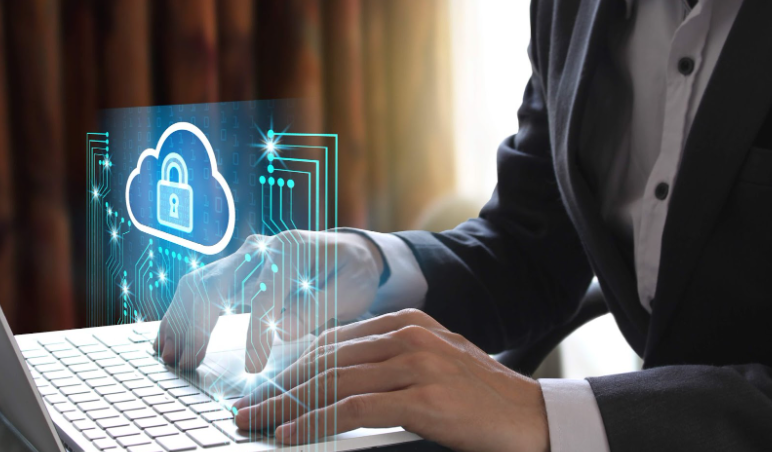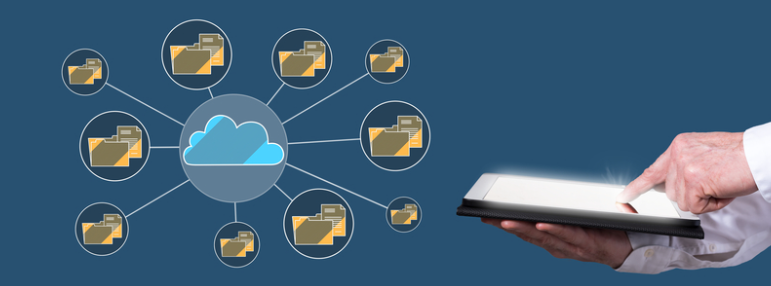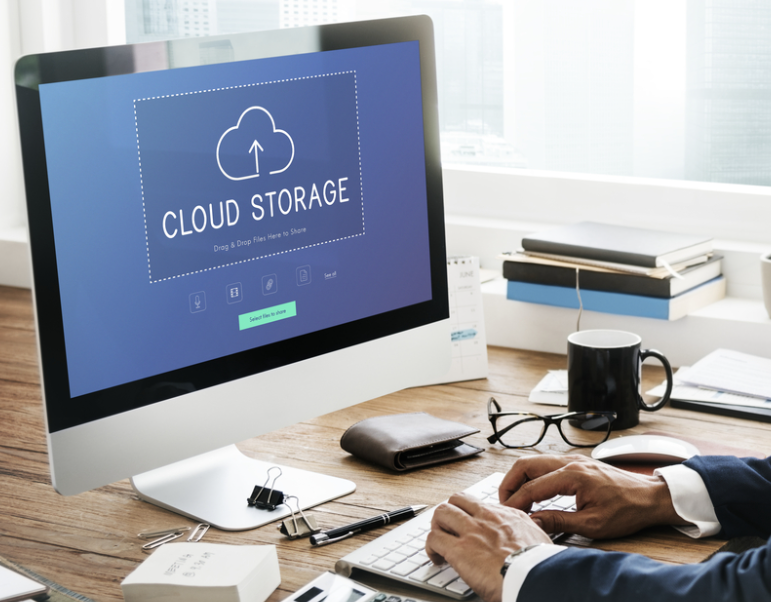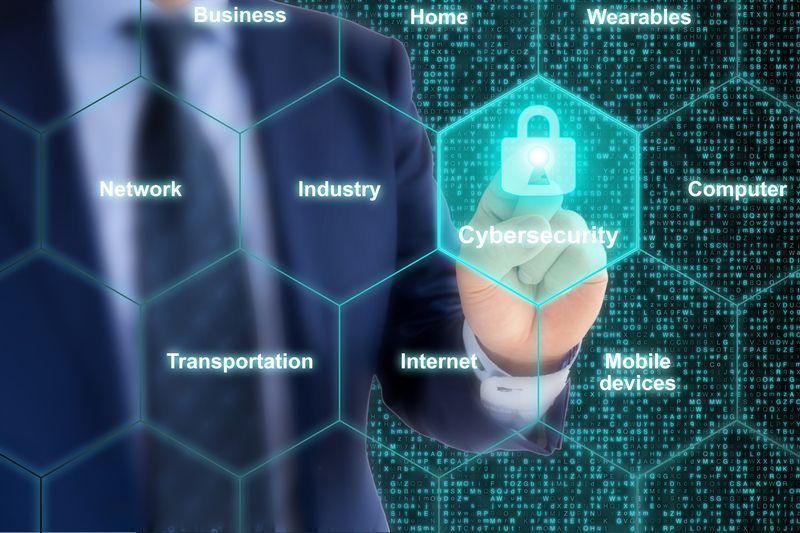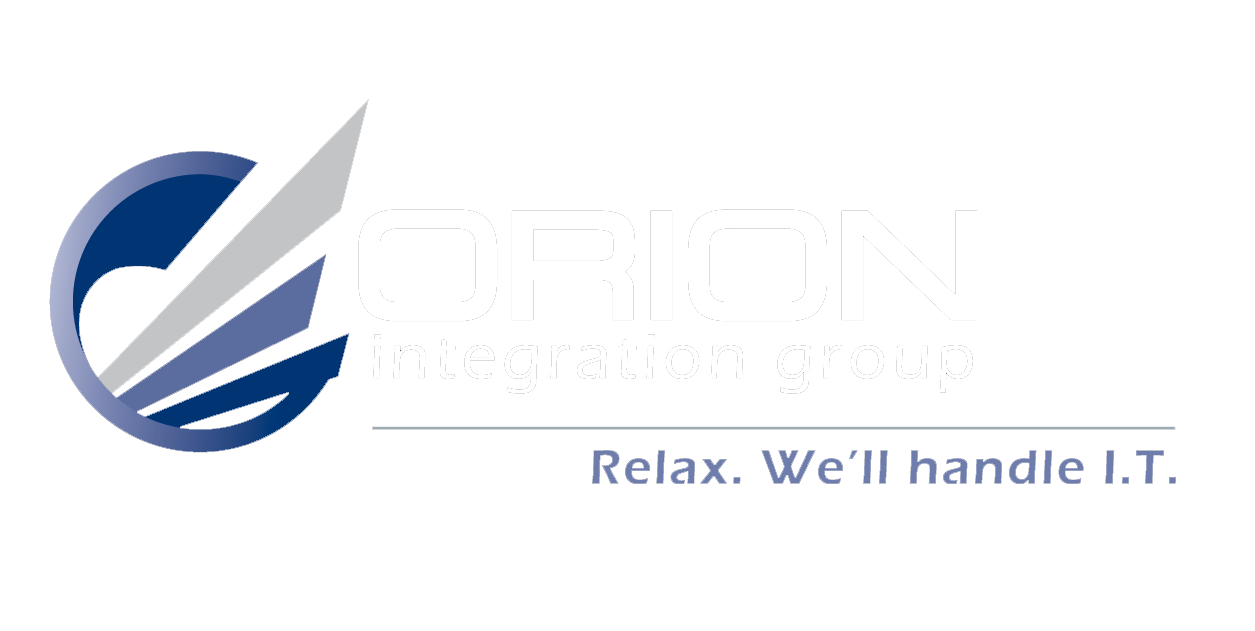Multifactor Authentication (MFA): Why Passwords Alone Aren’t Enough
In today’s digital landscape, password-based authentication is no longer sufficient to protect sensitive data. Cybercriminals are becoming more sophisticated, making it easier to take advantage of weak passwords and gain unauthorized access. This is where Multifactor Authentication (MFA) comes into play, adding an extra layer of security to mitigate risks.
The Limitations of Password-Based Authentication
Passwords have long been the standard for securing online accounts, but they come with significant drawbacks:
- Weak or reused passwords: Many users opt for simple passwords or reuse them across multiple sites, making them easy targets for hackers.
- Phishing attacks: Cybercriminals trick users into revealing their passwords through deceptive emails and websites.
- Credential stuffing: Attackers use leaked username-password combinations from previous breaches to access other accounts.
- Brute force attacks: Automated tools systematically attempt various password combinations until the correct one is found.
Given these vulnerabilities, businesses and individuals need a stronger security approach beyond just passwords.
What is Multifactor Authentication (MFA)?
Multifactor Authentication (MFA) is a security method that requires users to verify their identity using multiple authentication factors before accessing an account. Unlike traditional password-based logins, MFA combines two or more of the following categories:
- Something You Know: A password or PIN.
- Something You Have: A smartphone, security key, or authenticator app.
- Something You Are: Biometric verification, such as fingerprints or facial recognition.
By requiring multiple forms of authentication, MFA significantly reduces the risk of unauthorized access, even if a password is compromised.
Types of MFA Methods
There are several ways to implement MFA, each offering varying levels of security and convenience:
1. SMS Codes
Users receive a one-time passcode through text message, which they must enter along with their password. While easy to use, SMS-based MFA is vulnerable to SIM swapping attacks and phishing attempts.
2. Authenticator Apps
Apps like Google Authenticator, Microsoft Authenticator, and Authy generate time-sensitive codes for login verification. These are more secure than SMS codes since they are tied to a specific device and are not susceptible to SIM swapping.
3. Biometric Authentication
Using fingerprints, facial recognition, or retina scans provides a highly secure and convenient method of authentication. This eliminates the risk of password leaks and phishing attacks.
4. Hardware Security Keys
Devices like YubiKey and Google Titan provide physical authentication, requiring users to plug in or tap the device to verify their identity. This method is highly secure against phishing and credential theft.
Cyber Threats That MFA Helps Prevent
MFA acts as a powerful defense against common cyber threats, including:
- Phishing attacks: Even if a user unknowingly shares their password, the hacker cannot access the account without the second authentication factor.
- Credential stuffing: Compromised passwords from past breaches are rendered useless without the additional authentication step.
- Man-in-the-middle attacks: Attackers intercept login credentials, but MFA prevents unauthorized access by requiring additional verification.
- Brute force attacks: Even if a hacker cracks a password, they still need another authentication factor to gain entry.
While MFA helps block access at the login level, businesses can further strengthen their defenses by pairing it with endpoint protection. Learn how managed EDR reduces cybersecurity risks and response times to create a layered, proactive security strategy.
How Businesses Can Implement MFA Effectively
For businesses looking to enhance their security posture, implementing MFA is a crucial step. Here’s how to do it effectively:
- Assess Business Needs: Determine which systems and applications require additional security and select appropriate MFA methods.
- Educate Employees: Train staff on the importance of MFA and best practices for using it securely.
- Use Strong Authentication Methods: Prioritize authenticator apps, biometrics, or hardware security keys over SMS-based MFA.
- Enable Adaptive MFA: Implement risk-based authentication that adjusts security levels based on user behavior and location.
- Regularly Review and Update: Continuously monitor MFA implementation, update policies, and encourage users to report suspicious activity.
Conclusion
Relying on passwords alone is no longer enough to protect against modern cyber threats. Multifactor Authentication (MFA) provides an essential security layer that significantly reduces the risk of unauthorized access. By implementing robust MFA solutions, businesses can enhance password security, defend against cyber threats, and ensure better protection for sensitive data. Whether comparing multi factor vs two factor authentication, the added layers of security provided by MFA make it a crucial investment in today’s digital world.
For businesses looking to implement MFA solutions, Orion Integration Group offers expert guidance and IT security services to help protect your digital assets.
Contact us
today to strengthen your security posture.


